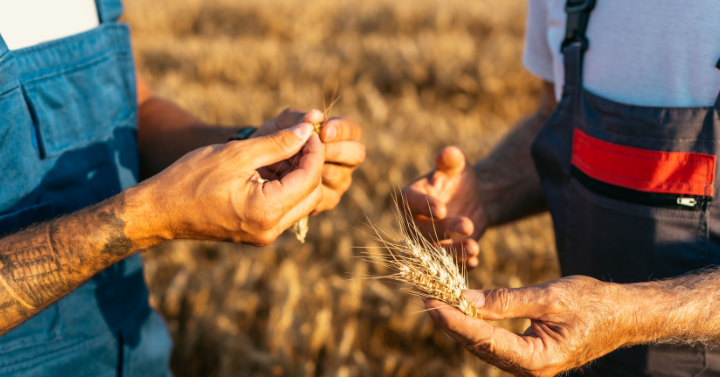Post 2020, after global supply chain disruptions, the leading agrochemical distributors stockpiled herbicides, insecticides, and fungicides to ensure adequate supply in 2021 and 2022. Prices in 2022 were up considerably, driven by inflation and higher costs of sourcing materials and shipping.
However, by the second half of 2023, prices for these products declined as demand did not keep pace with the excess supply. In 2023, the sales of crop protection chemicals witnessed growth albeit at a slower rate than the past couple of years, as prices were down and grower demand waned. Distributors and retailers were carrying high inventory levels of these products in 2023. In 2022, with higher prices, the market saw growth in the 5–7% range. However, in 2023, sales were up 3–5% from the previous year.
Extreme weather in the United States has also had an impact on the crop protection industry, with large sections of the Midwest, Texas, and Kansas experiencing severe drought conditions, limiting the demand for herbicides in those areas.
Another macro-trend impacting the market is the disruption in the supply of grain from Ukraine, due to the conflict with Russia. This caused imports of wheat and other grains from Ukraine to decline dramatically and led to increased domestic production of such crops. The increased production of wheat and other grains in the United States has in turn caused increased demand for crop protection chemicals. There was also an increase in crop rotation using corn, soybeans, and/or sorghum.
Consolidation is another prominent trend in the agricultural industry, particularly among major distributors such as Nutrien Ag Solutions. Utilizing consolidation as a strategic approach, Nutrien Ag Solutions has added over 250 independent retailers since 2018, aiming to not only expand its market presence but also enhance operational efficiency. The consolidation trend has significantly impacted the retail landscape, resulting in a reduction in the number of agricultural retailers with at least 100 stores. As of 2023, only eight companies collectively owned 3,550 stores, showcasing the concentrated influence of consolidation. Consolidation has not only increased the size of the largest retailers but also strengthened their control over the market. Cooperative entities, representing 14 out of the top 20 agricultural retailers, further highlight the prevalence of cooperative structures within this sector and the significant role in the ongoing consolidation trend.
Kline & Company will publish Leading Distributors in the U.S. Crop Protection Industry: Strategic Market Analysis, the 17th edition of our study of the crop protection chemical distribution market in the United States. Our estimates are based on interviews with distributors, retailers, industry experts, consultants, and other highly experienced executives in the U.S. crop protection industry. The study analyzes 2023 sales and trends of the leading 23 crop protection distributors, which account for 95% to 98% of the total crop protection chemical sales in the United States. In this report, sales are reported as cost of goods sold (COGS) and include sales of branded crop protection chemicals, in addition to private-label crop protection chemicals. For more information about this report, please contact us.

